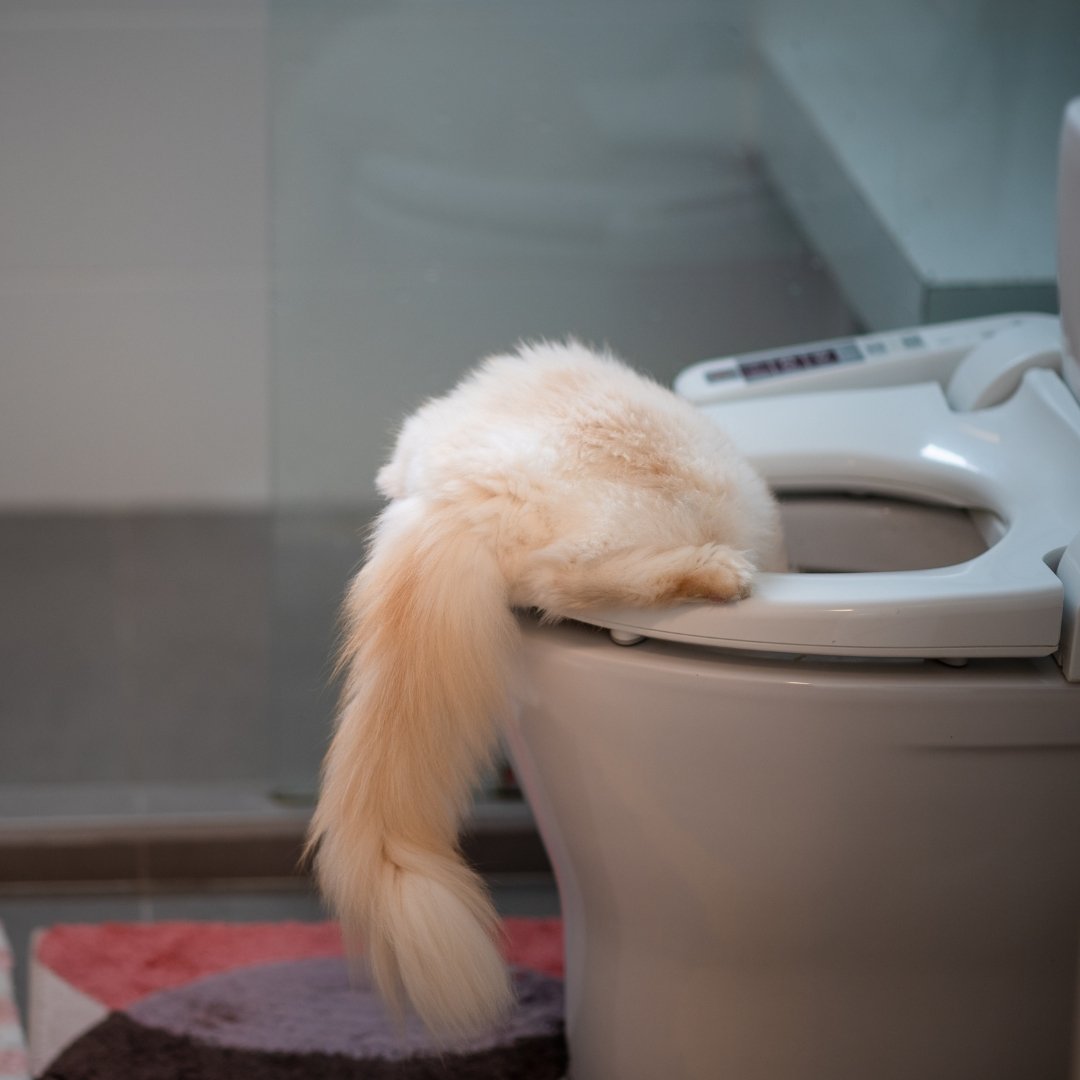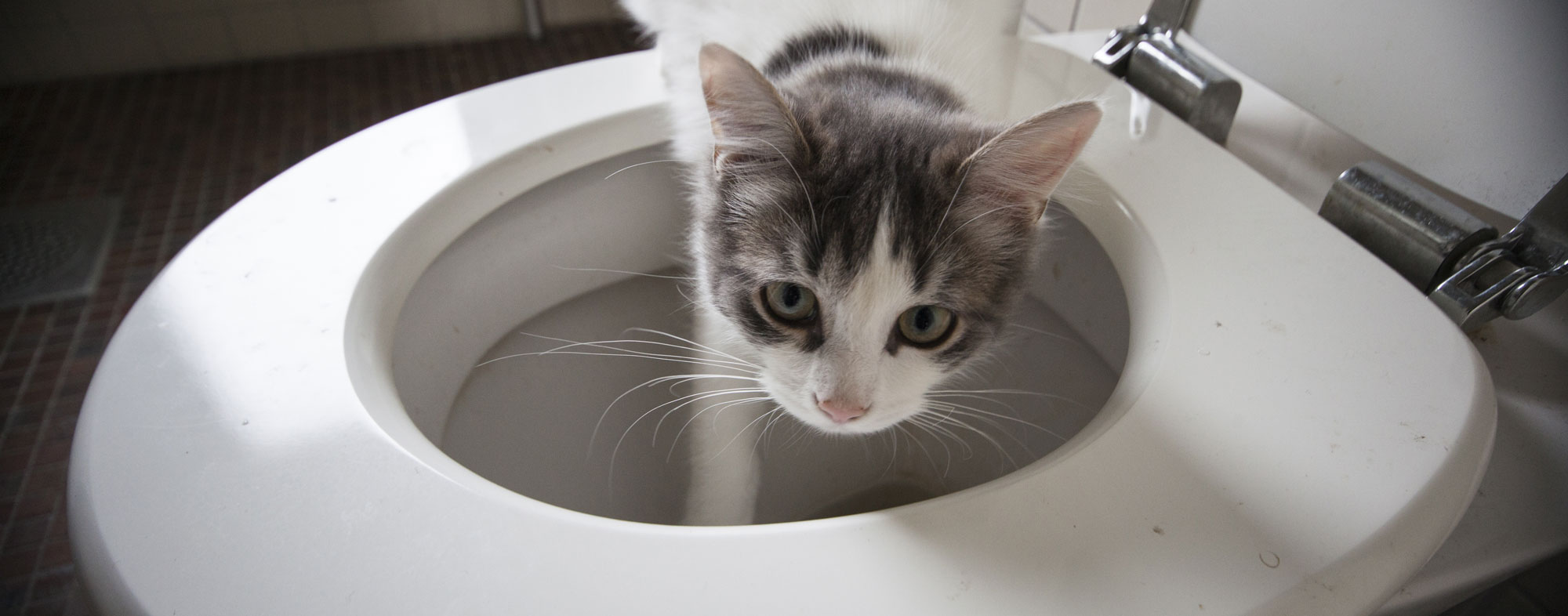Our Dangers of Animal Waste in the Toilet
Our Dangers of Animal Waste in the Toilet
Blog Article
How do you actually feel in relation to Should you flush animal waste down the toilet?

When it pertains to throwing away waste, particularly animal waste, many people frequently resort to the hassle-free alternative of flushing it down the commode. Nonetheless, this relatively very easy solution can have serious consequences for the environment and public health. In this short article, we'll discover why flushing animal waste down the bathroom is a negative concept and give alternative techniques for correct disposal.
Introduction
Correct garbage disposal is critical for keeping ecological sustainability and public health. While it may appear harmless to flush animal waste down the toilet, it can cause numerous issues, both for the environment and human well-being.
Risks of flushing animal waste
Ecological influence
Flushing animal waste introduces unsafe germs and pathogens right into rivers, which can adversely affect aquatic environments. These virus can contaminate water sources and damage aquatic life, interrupting delicate communities.
Public health issues
Animal waste includes dangerous germs such as E. coli and Salmonella, which can pose serious wellness risks to human beings. Purging animal waste down the commode can pollute water materials, leading to the spread of diseases and infections.
Alternatives to flushing
Instead of purging animal waste down the commode, there are numerous alternate disposal techniques that are extra environmentally friendly and hygienic.
Composting
Composting pet waste is a green method to dispose of it. By composting, raw material is broken down right into nutrient-rich soil, which can be made use of to feed gardens and plants.
Landfill disposal
Dealing with animal waste in a landfill is one more choice. While not as environmentally friendly as composting, it is a more secure option to flushing, as it stops the contamination of water sources.
Family pet garbage disposal systems
There are customized pet dog garbage disposal systems readily available that safely and hygienically dispose of pet waste. These systems usually use enzymes to break down waste and get rid of odors.
Actions to correct animal garbage disposal
To ensure proper disposal of animal waste, adhere to these actions:
Scooping and nabbing waste
Consistently scoop and bag pet waste using eco-friendly bags. This avoids waste from contaminating the atmosphere.
Utilizing designated waste containers
Dispose of bagged animal waste in designated waste bins, such as compost bins or land fill bins. Avoid flushing it down the toilet in any way prices.
Cleansing can and animal locations routinely
Frequently tidy can and animal areas to avoid the accumulation of waste and germs. Usage pet-safe cleaning items to maintain health.
Benefits of proper disposal approaches
Embracing proper disposal techniques for animal waste provides several benefits:
Minimized environmental pollution
Appropriate disposal approaches minimize the danger of environmental pollution, safeguarding rivers and ecosystems from contamination
Lessened threat of water contamination.
By preventing flushing animal waste down the toilet, the danger of water contamination is dramatically decreased, safeguarding public health.
Boosted sanitation and hygiene
Proper disposal approaches promote much better hygiene and health, producing a safer setting for both people and pets.
Conclusion
Finally, flushing pet waste down the bathroom is unsafe to the setting and public health. By adopting different disposal methods and following proper waste monitoring methods, we can reduce the adverse impact of animal waste and add to a cleaner, healthier earth.
What To Do With Dog Poo – The Do's And Don'ts Of Disposing Of Faeces
Dog poo bins
Some councils provide dedicated dog waste bins in popular dog-walking areas that can take dog poo that has been bagged but you can legally dispose of dog waste in any public litter bin, as long as it is securely bagged. This also applies to your wheelie bin at home.
Do not flush
Water companies do not recommend flushing dog faeces down the toilet because certain parasites can survive the water processing treatment and are potentially harmful to humans. You should also never consider flushing dog poo that has been bagged down the toilet as the bags will not break down and instead create severe blockages in the sewage system.
In the woods
The Forestry Commission promotes a ‘stick and flick’ method for dealing with waste in the woods. This means finding a stick and using it to flick any poo from off the path so that it is out of the way of other walkers. You could also bury it as long as it is not in an area where there might be livestock.
Livestock
Parasites found in dog poo can be transmitted to livestock if they inadvertently eat infected faeces that has been left on grazing land. This could result in the death of sheep or abortion in cattle so you should always make sure you pick up your dog’s waste in fields where livestock could be present.

Frequently tidy can and animal areas to avoid the accumulation of waste and germs. Usage pet-safe cleaning items to maintain health.
Benefits of proper disposal approaches
Embracing proper disposal techniques for animal waste provides several benefits:
Minimized environmental pollution
Appropriate disposal approaches minimize the danger of environmental pollution, safeguarding rivers and ecosystems from contamination
Lessened threat of water contamination.
By preventing flushing animal waste down the toilet, the danger of water contamination is dramatically decreased, safeguarding public health.
Boosted sanitation and hygiene
Proper disposal approaches promote much better hygiene and health, producing a safer setting for both people and pets.
Conclusion
Finally, flushing pet waste down the bathroom is unsafe to the setting and public health. By adopting different disposal methods and following proper waste monitoring methods, we can reduce the adverse impact of animal waste and add to a cleaner, healthier earth.
What To Do With Dog Poo – The Do's And Don'ts Of Disposing Of Faeces
Dog poo bins
Some councils provide dedicated dog waste bins in popular dog-walking areas that can take dog poo that has been bagged but you can legally dispose of dog waste in any public litter bin, as long as it is securely bagged. This also applies to your wheelie bin at home.
Do not flush
Water companies do not recommend flushing dog faeces down the toilet because certain parasites can survive the water processing treatment and are potentially harmful to humans. You should also never consider flushing dog poo that has been bagged down the toilet as the bags will not break down and instead create severe blockages in the sewage system.
In the woods
The Forestry Commission promotes a ‘stick and flick’ method for dealing with waste in the woods. This means finding a stick and using it to flick any poo from off the path so that it is out of the way of other walkers. You could also bury it as long as it is not in an area where there might be livestock.
Livestock
Parasites found in dog poo can be transmitted to livestock if they inadvertently eat infected faeces that has been left on grazing land. This could result in the death of sheep or abortion in cattle so you should always make sure you pick up your dog’s waste in fields where livestock could be present.

I ran across that post on 4 Reasons Why Dog Poop Cleanup is Important when doing a search on the internet. Do you know somebody else who is excited by the topic? Do not hesitate to share it. We take joy in your readership.
Click Here Report this page